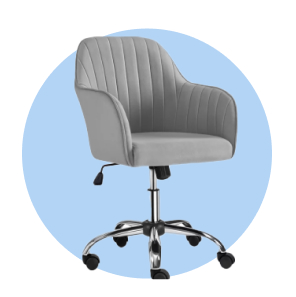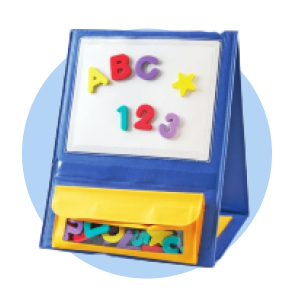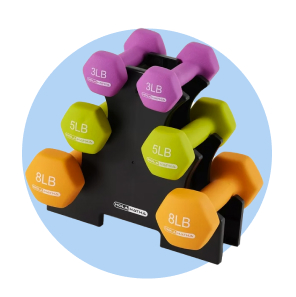
How to Balance Sustainability & Budget When Buying Office Furniture
Save the planet in style
Office furniture like desks, chairs and meeting tables are vital to the workplace—but what happens to that furniture when it breaks down or is no longer needed?
According to the U.S. Environmental Protection Agency, over 80% of all furnishings end up in a landfill, leaving behind harmful materials and chemicals that can seep into the surrounding environment. A conscious decision to choose sustainable office furniture over other options can help to reverse this damage, leaving a lasting positive impact on the planet for decades to come.
At Walmart Business, we understand how important it is to balance making a positive impact on the environment against the desire to reduce costs. Here, we’ll provide helpful information about the most sustainable furniture materials, certifications pointing you toward the most environmentally friendly options and tips to help you save money on your next furniture purchase.

How to find sustainable furniture
Business owners have a seemingly endless number of options when choosing office furniture. Some options are more sustainable than others because they use renewable materials, avoid harmful chemicals or employ humane labor practices. We’ve put together an overview of the materials and certifications to look for to ensure that your picks meet green standards.
Know your materials
If you’re looking for the most sustainable, long-lasting furniture, look for options made from materials like:
Wood is one of the most eco-friendly materials available, especially if the manufacturer sustainably sources its elements. It’s renewable, meaning the supplies naturally replenish as new trees grow over time. Plus, producing the components can be close to—if not completely—carbon neutral, depending on how much carbon the particular tree can absorb from the atmosphere. It’s also easily repairable, allowing you to keep your furniture in operation for years to come.
Bamboo is lightweight yet durable, grows quickly and is also a valuable component in carbon reduction. It also looks fantastic, immediately giving any office an earthy, inviting atmosphere.
Steel furniture can last virtually forever. If it breaks or is no longer needed, the material can easily be recycled to create something else.
Aluminum furniture is similarly sustainable and has the added benefit of being far more lightweight than steel furniture.
Recycled materials give new life to old, discarded parts, turning trash like discarded wine corks, old wool or even fishing nets into new chairs, tables and desks.
On the flip side, try to avoid buying office furniture constructed from highly disposable or easily damaged materials. You might save a few dollars now, but these materials are difficult to repair and might end up in the dump sooner than expected.
Particleboard is inexpensive and relatively lightweight, but it is easily damaged (doubly so if it gets wet) and has a very short lifespan, especially under heavy use.
Plastic furniture might save you a few dollars in the short run, but its environmental impact is immense. The chemicals in it can last forever—even in “biodegradable” plastic, which isn’t as eco-friendly as the label would have you believe.
Furniture using unsustainable coatings and lacquers, which introduce harmful chemicals into the environment during manufacturing and post-disposal.
Looking for an office furniture supplier? Read 5 Things to Look for in an Office Furniture Solutions Provider to learn more.
Look for the certification
Choosing a sustainable material is all well and good, but it won’t mean much if it’s produced in a wasteful manner. Harvesting processes, material conversion and manufacturing all play a role in how sustainable a piece of office furniture really is.
However, most business owners don’t have the time or resources to track down every piece in their office furniture’s supply chain. Instead, many rely on certifications to determine whether what they buy is sustainably produced, ethically sourced or carbon neutral.
While there are dozens of certifications in use all over the world, the following are some of the most common—keep an eye out when buying your next round of office furniture:
Level by BIFMA (the Business and Institutional Furniture Manufacturers Association) relies on third-party certifiers that evaluate the sustainability of the materials and chemicals used in the manufacturing of office furniture and the health and well-being of the people making it. Level uses three performance tiers (Level 1 through Level 3) to delineate how sustainable the furniture is.
Greenguard by Underwriter Laboratories certifies that business products (like office furniture) produce low chemical emissions, making them safe for use. There are two certifications for furniture: Greenguard Standard, which is safe for general use, and Greenguard Gold, which is safe for use in potentially high-risk facilities like schools and hospitals.
The Forest Stewardship Council evaluates the chain of custody for wood-based products, certifying forests and manufacturers for their commitment to sustainability efforts.
Green Seal uses scientific processes to verify sustainable practices across a number of industries. Office furniture with this seal means that both the materials and manufacturing processes meet its rigorous standards.

How to save money while reducing office furniture waste
While buying sustainable and ethically-sourced office furniture may seem more expensive up front, there are a few ways to mitigate the cost to help you save money while procuring equipment responsibly.
Look at the long term
The easiest way to justify the cost of sustainability is to look at how much your business will likely pay for furniture over the long term.
Sure, a cheap set of desks and chairs might be less expensive this fiscal quarter. However, if you’re buying new equipment every year to replace rapidly deteriorating furniture, your business might spend more money over several years than if you’d purchased long-lasting, sustainable furniture in the first place.
Be sure to do the math. Look at the average lifecycle of the furniture options you’re looking at, and price out how much it would cost to replace less sustainable options more frequently. You may find that sticking with the eco-friendly option is better for your bottom line.
Buy second-hand or refurbished
One of the best ways to save money is to avoid buying new products—and this is especially true for office furniture.
While it’s tempting to shop for new chairs or desks to ensure you’re getting the longest lifespan out of your products, many second-hand options can be just as reliable and last as long as their brand-new counterparts.
Look for office closeout sales or certified refurbished options right from the manufacturer to save money while keeping perfectly usable furniture out of the landfill. Plus, many certified refurbished options come with a manufacturer’s warranty, giving you peace of mind along with savings.
Find out how to equip your office with all the furniture essentials by reading Office Furniture for Sale: The Owner’s Guide to Furnishing Their Workspace.
Avoid “fast furniture” or easily-damaged materials
Just like the world of fashion, the furniture industry has its own chain of highly trendy yet cheaply produced products currently clogging the market. These “fast furniture” options sold for $4 billion between 2019 and 2021 but are being thrown out at a rate of 12 million tons each year.
These products are not built to last. They’re often made of flimsy materials that degrade rapidly from use and are difficult to repair, making them candidates for the dump after just a few years. Not only is this furniture waste deeply impactful to the environment, but it’s also financially wasteful, forcing companies to spend more money to replace poorly constructed furniture sooner than they might have anticipated.
By sticking with elegant, durable, tried-and-true designs, you won’t need to spend a fortune replacing your office furniture every few years—and you’ll keep the environment healthy in the process.
Balancing sustainability & cost
Sustainability doesn’t always have to break the bank. By examining your current needs and planning for the future, you can find quality, eco-friendly furniture options that may even help you save money in the long run.
Looking for more resources to improve workplace harmony? Browse the Walmart Business content hub for marketing tips, financial guides and more.
For your other business needs, sign up for Walmart Business to get low prices and bulk buys on workplace must-haves. Already have an account? Take advantage of free delivery from your local Walmart store as fast as the same day on orders over $35 with a Walmart Business+ membership.1
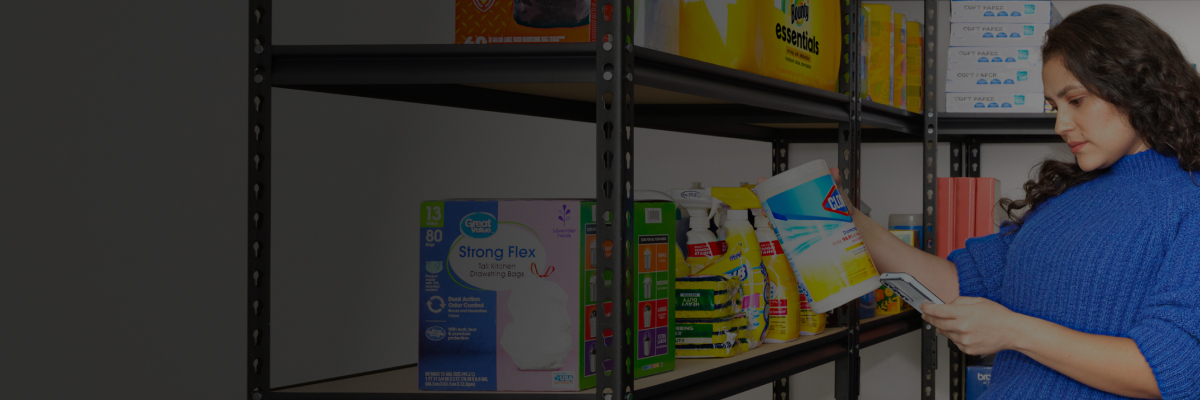
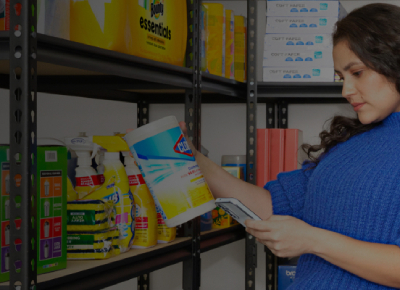
Limited-time offer
Unlock your special promo code
Stay informed on Walmart Business news & get $20 off a $100 purchase!1
1Minimum order of $100. Promo code can be used one time & may not be combined with other offers. Offer not transferable & void where prohibited by law. Customer responsible for all applicable taxes. Offer expires 12/31/2025 at 11:59pm PT. Further restrictions apply. See terms at checkout for details. Promo code offers available in limited quantities. While supplies last.
1 Restrictions apply.
Exciting news awaits
Hear firsthand about new products, features & promotions.
By clicking submit, you agree to receive emails about Walmart Business and acknowledge you have read and agreed to our Terms of use and Privacy Policy.



